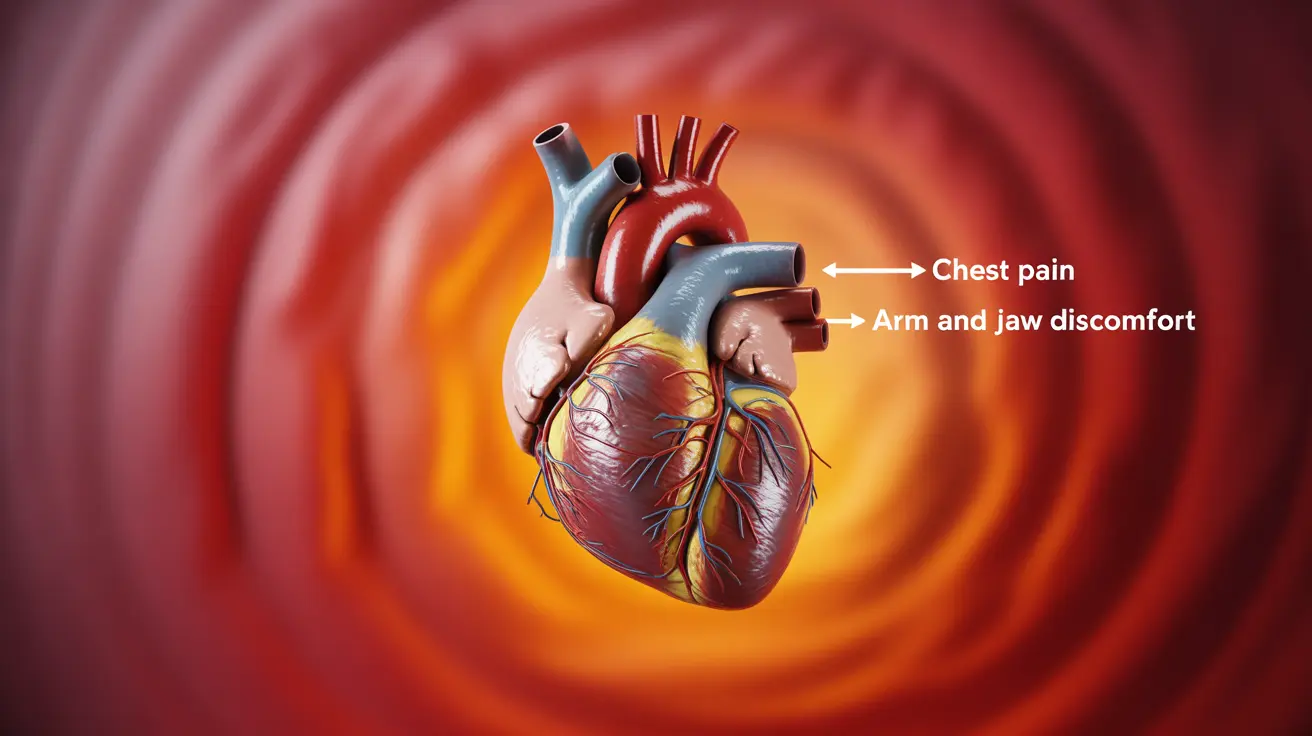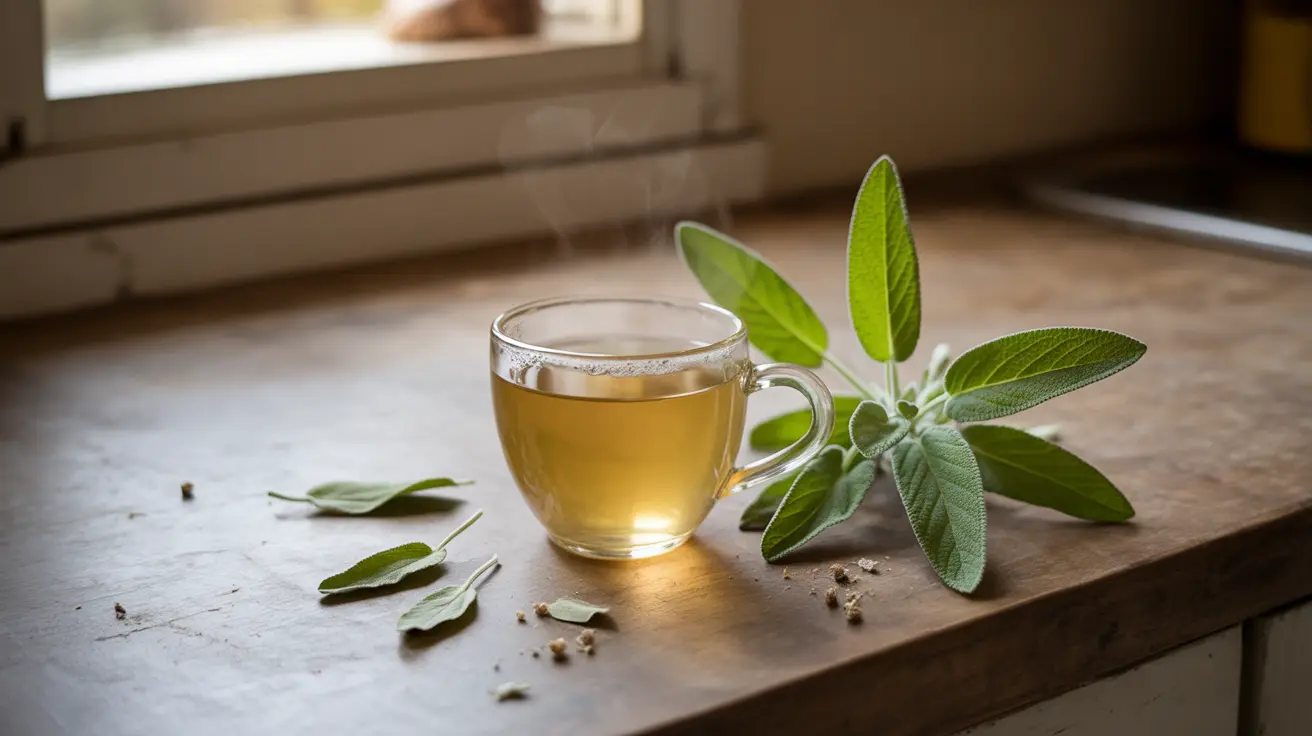The color of our stool can tell us important information about our digestive health and overall well-being. While it might not be a common topic of conversation, understanding why poop is typically brown and what different colors might indicate can help us identify potential health issues early.
In this comprehensive guide, we'll explore the science behind stool coloration, what causes variations in color, and when changes might signal the need for medical attention.
The Science Behind Brown Stool
The characteristic brown color of healthy stool primarily comes from a substance called bilirubin, which is produced when your body breaks down old red blood cells. As bilirubin travels through your digestive system, it undergoes chemical changes that result in the familiar brown color of normal stool.
During digestion, enzymes and bacteria in your intestines process this bilirubin, converting it into various compounds called stercobilin and urobilin. These compounds are responsible for giving stool its typical brown appearance.
How Diet Affects Stool Color
What you eat plays a significant role in determining the color of your stool. Different foods can temporarily alter stool color without indicating any health concerns:
- Green vegetables: Can lead to green-tinted stool
- Beets and red foods: May cause reddish coloration
- Black licorice: Can darken stool
- Iron supplements: Often cause black stool
- Artificial food coloring: Can temporarily change stool color
Understanding Different Stool Colors
Green Stool
Green stool often results from eating leafy vegetables or food containing green food coloring. It can also occur when food moves through the digestive system too quickly, not allowing bilirubin to complete its color-changing process.
Yellow Stool
Yellow or greasy-looking stool might indicate your body isn't properly absorbing fats. This could be related to conditions affecting the pancreas or gallbladder, requiring medical evaluation.
Red or Black Stool
While certain foods can cause these colors, red or black stool can also indicate bleeding in the digestive tract. Red typically suggests bleeding in the lower digestive tract, while black, tarry stool might indicate bleeding in the upper digestive tract.
When to Seek Medical Attention
While temporary changes in stool color are usually harmless, certain situations warrant medical attention:
- Persistent black or tarry stool
- Bright red blood in stool
- White or clay-colored stool
- Persistent changes lasting more than a few days
- Changes accompanied by other symptoms like pain or fever
Frequently Asked Questions
Why is poop usually brown and what causes this color change in stool?
Poop is typically brown due to the presence of bilirubin and its breakdown products, stercobilin and urobilin. These compounds are produced during the normal breakdown of red blood cells and undergo chemical changes during digestion.
What does it mean if my poop is a different color, and when should I be concerned?
Different colors can be caused by foods, medications, or health conditions. Be concerned if you notice black, bright red, or white stools, or if color changes persist for more than a few days, especially when accompanied by other symptoms.
Can the foods I eat change the color of my stool, and how does diet affect poop color?
Yes, many foods can temporarily change stool color. Green vegetables can cause green stool, beets can cause red stool, and iron supplements can cause black stool. These changes are usually harmless and temporary.
What substances or health conditions can make poop look green, yellow, red, or black?
Green stool can result from rapid digestion or green foods; yellow from fat malabsorption; red from lower GI bleeding or red foods; and black from upper GI bleeding or iron supplements. Various medical conditions can affect stool color through different mechanisms.
Is it normal for poop color to change from day to day, and what should I do if my stool stays a strange color for a long time?
Minor day-to-day variations in stool color are normal and often related to diet. However, if unusual colors persist for more than a few days or are accompanied by other symptoms, consult a healthcare provider for evaluation.




